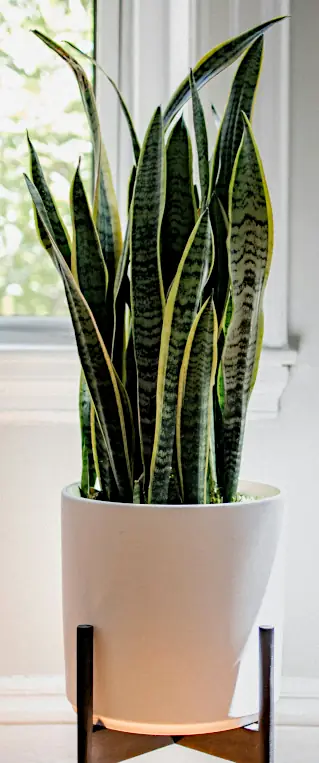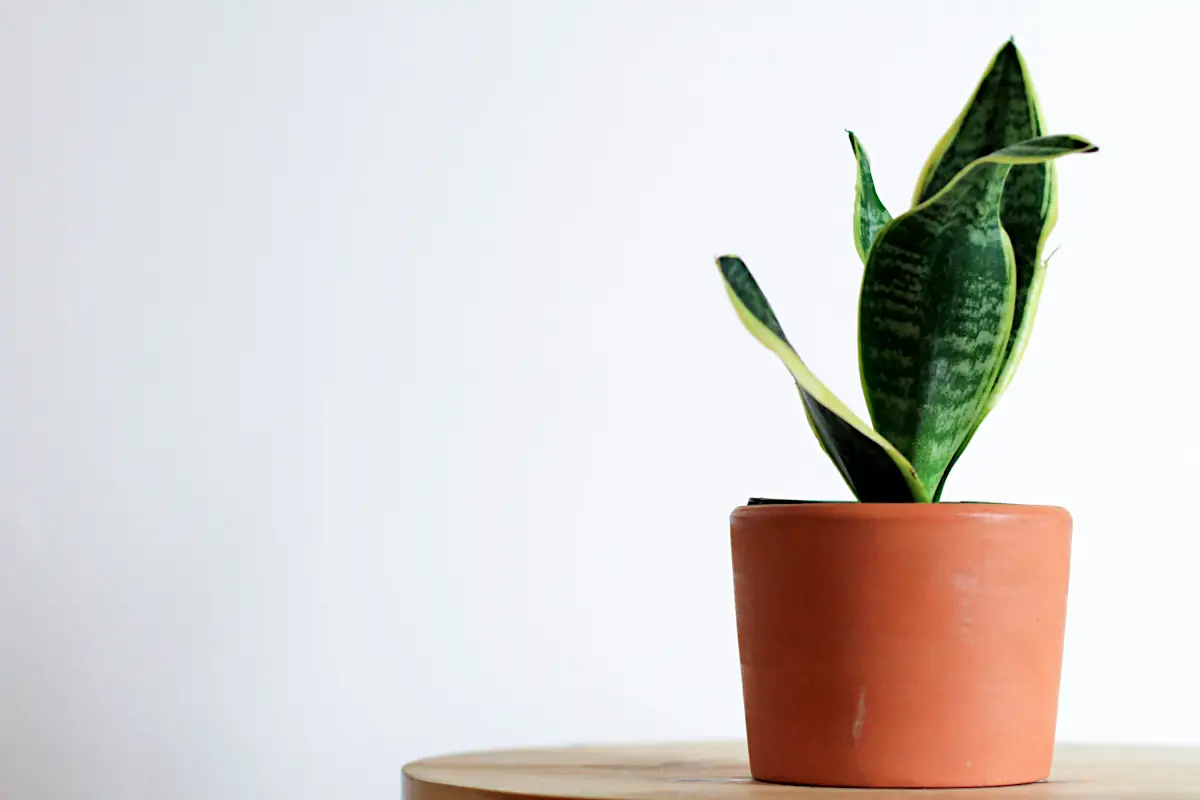Snake plant care is simple, making it a favorite for both beginners and seasoned plant owners. Known for its striking, sword-like leaves and hardy nature, the snake plant (also called Sansevieria) thrives with minimal attention. In this guide, we walk you through everything from species identification to watering tips and soil selection—so your snake plant can flourish.
Table of Contents
- What is Snake Plant Care?
- Plant Profile
- Snake Plant Care Tips
- Did You Know?
- Common Problems and Solutions
- FAQs about Snake Plant Care
- Final Thoughts on Snake Plant Care
What is Snake Plant Care?
Taking care of a snake plant involves understanding its basic needs: well-draining soil, bright indirect light, infrequent watering, and the right temperature. These succulent plants store water in their leaves, which makes them highly drought-tolerant and perfect for indoor environments. Whether you’re nurturing a small snake plant or growing a rare snake plant variety, the care principles remain similar.
Snake plants are also known by names like mother-in-law’s tongue and Sansevieria, and are often grown from divisions or snake plant seeds, although seeds are less common. With proper care, these striking houseplants can thrive for years and even purify the air in your home.
Plant Profile
| Feature | Details |
|---|---|
| Scientific Name | Dracaena trifasciata (formerly Sansevieria) |
| Common Name(s) | Snake Plant, Mother-in-law’s Tongue |
| Plant Type | Evergreen Perennial Succulent |
| Best Climate / USDA Zones | 9–11 (What are USDA zones?) |
| Preferred Light Conditions | Bright indirect light, tolerates low light |
| Watering Needs | Low; water every 2–4 weeks |
| Soil Type | Well-draining cactus or succulent soil |
| Pet Safe or Toxic | Toxic to pets if ingested |
| Common Issues | Overwatering, root rot, pest infestations |

Snake Plant Care Tips
- Use well-draining soil. The best soil for snake plants is a cactus or succulent mix.
- Avoid overwatering. Water only when the top 1–2 inches of soil are dry.
- Place in indirect sunlight. While they tolerate low light, snake plants thrive with indirect sunlight.
- Fertilize sparingly. Use a snake plant fertilizer (balanced or cactus-friendly) once a month during the growing season.
- Watch for root rot. Use pots with drainage holes and avoid letting the plant sit in water.
- Repot every 2–3 years. This prevents overcrowding and encourages growth.
Did You Know?
- Snake plants can improve indoor air quality by removing toxins such as formaldehyde and benzene.
- They were historically used in African and Asian cultures for protective and medicinal purposes.
- The black coral snake plant and silver snake plant are prized for their unique coloring and rarity.
Common Problems and Solutions
- Yellowing Leaves: Often caused by overwatering. Reduce frequency and ensure proper drainage.
- Mushy Stems or Leaves: A sign of root rot. Remove affected parts and repot in fresh, dry soil.
- Brown Leaf Tips: Could be due to low humidity or harsh sunlight. Move to a more moderate environment.
FAQs about Snake Plant Care
Are there different species of snake plants?
Yes! While Dracaena trifasciata is the most common, there are several sansevieria snake plants with unique shapes, colors, and sizes. Some popular varieties include:
- Sansevieria laurentii (striped yellow-edged leaves)
- Black Coral Snake Plant
- Silver Snake Plant
- Black Gold Snake Plant
- Sansevieria cylindrica
- Sansevieria moonshine
- Sansevieria kirkii
- Purple Snake Plant (rare variety)
Note: The alligator plant is not a snake plant; it’s a different species (Kalanchoe daigremontiana). Similarly, mother-in-law tongue plant care refers to the same plant as the snake plant and is used interchangeably. “Sansevieria care” and “Sansevieria laurentii care” are directly related.
How often should I fertilize my snake plant?
Use the best fertilizer for snake plant care, typically a balanced houseplant or cactus formula, once a month in spring and summer. Avoid fertilizing in fall and winter.
Can snake plants survive in low light?
Yes, snake plants tolerate low light but grow best in bright, indirect light. Too little light can slow growth and dull their vibrant colors.
Final Thoughts on Snake Plant Care
Whether you’re growing a rare snake plant like the purple snake plant or a classic Sansevieria laurentii, mastering snake plant care is all about consistency. Give your plant the right light, the proper watering routine, and the best soil, and it will reward you with beauty and longevity. With minimal maintenance, these hardy houseplants offer maximum reward.
Love unique houseplants? Once you’ve mastered the hardy Snake Plant, why not explore something a little more exotic? The Calathea plant, with its vibrant leaf patterns and expressive foliage, brings an artistic touch to any indoor space. Check out our Calathea Plant Care Guide for tips and variety comparisons →

